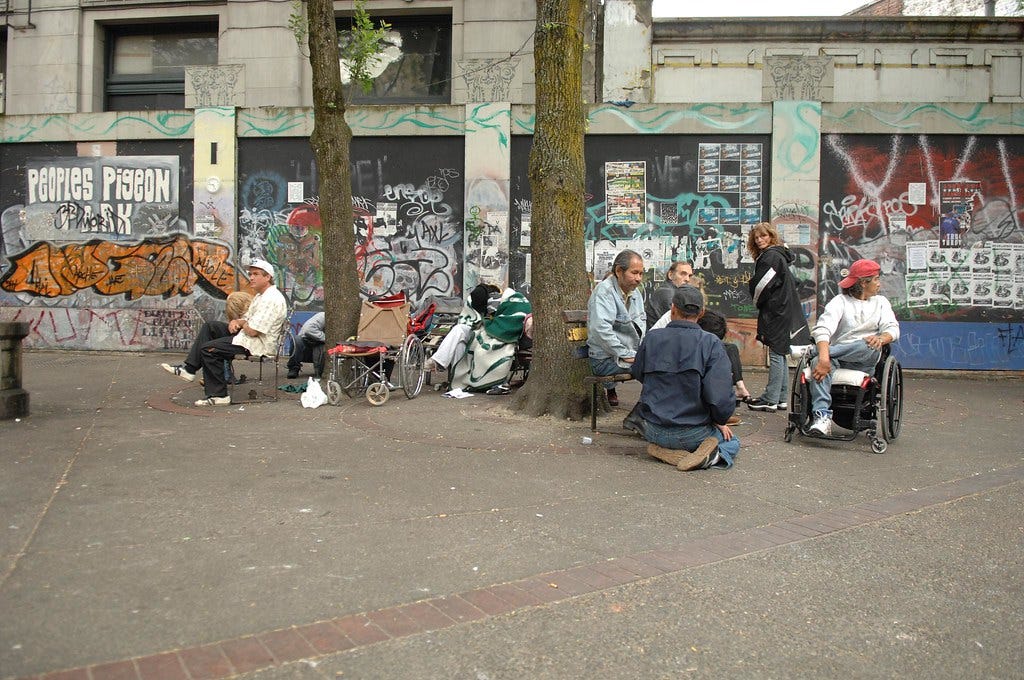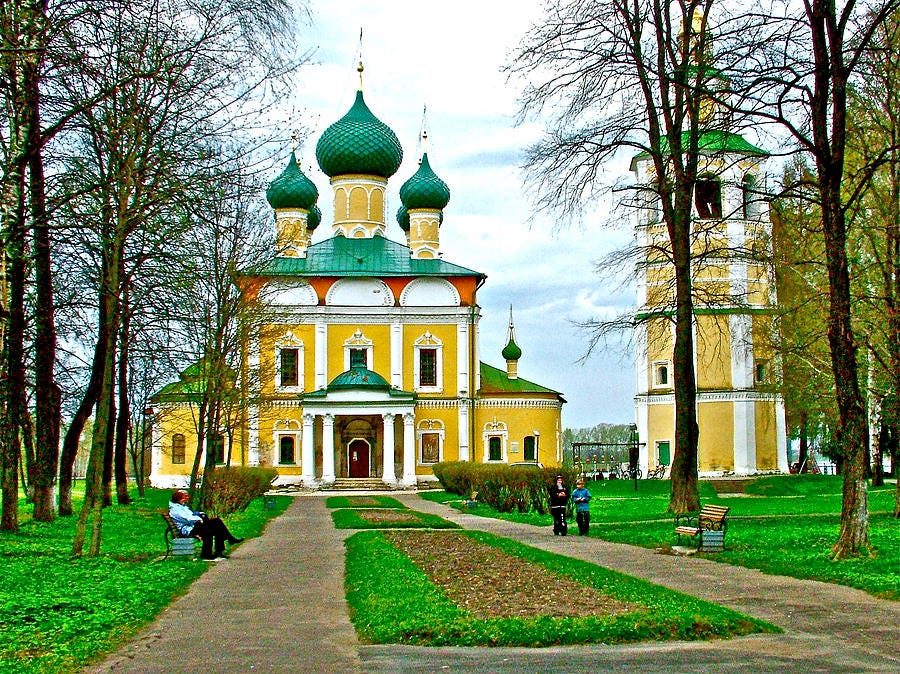Even pictures of the homeless are a sacred piece of our landscapes. An individual’s whole life can maybe be preserved by a good photo, clear and clean, with their setting—pastoral or urban—and blessed or filthy.
After all, what is in the photo of a person? Is it simply a recorded image of a person or at times a spur-of-the-moment, spontaneous shot? Does it capture a mere moment in time ? Or could it represent something much more special?
It is clearly something profound for a Russian photographer Sergei Bulkin who believes every photo of a person conveys a story. He also claims that photography helped him to become a philosopher, artist and psychologist. And a homeless person he became acquainted with over a number of days taught him a lot. In fact, the immense knowledge of the homeless man turned out to be staggering! Bulkin recalled, “I was not just attracted to his striking appearance. I saw him reading a newspaper and offered him some money; but he refused. We talked to each other. He read me his poems—they were great! I was amazed at his encyclopedic knowledge. We began to see each other a lot and he drove me into a dead end {i.e., by the extent of his knowledge}. I went to the library to read what he had told me about. '
I can't help recalling a Russian photographer who was trying to capture something special in each homeless person. When he turned up at a soup kitchen for the homeless in Moscow he firmly reminded me “Each person you see has a unique soul. There is something in special about each one of them.” He then spoke about how the Swiss therapist Carl Jung had influenced him. Some of the photos that were taken of the homeless were the few things which we have to really remind us of them. This is because so many of them tragically died.
But a photo is more than just an important memory. In a sense, you can claim a photo is like an icon of the human soul. A well-taken photograph is like a window looking into the edge of a person's inner soul. It hints that a person retains something much deeper than his appearance and that each person is endowed with a complex soul. We can never get to know a person completely. Even the best psychologists can never fully grasp the whole nature of a person.
Each person is made in the image and likeness of God. They have the inherent potential to develop into better humans. That means they have many different aspects and sides to them and artists such as the Cubists conveyed this when they painted a person's face from so many different angles and shapes! For example, Picasso's picture 'Weeping Woman' illustrates this point.
In America, in Russia, in Argentina, in Afghanistan. In any of those locations you can see the unhoused, migrating, searching, starving.
Different kinds of philosophy and religions acknowledge the importance of the perspective of the homeless and of others out there to be photographed. The humanists and existentialist thinkers as well as Russian religious philosophers such as Vladimir Lossky have written about this from different perspectives but still arrived at almost similar conclusions. For instance a Russian artist Tatiana Mavrina{1900-1996}, when she visited a gallery of ancient Icons in the Tretyakov gallery in Moscow discovered that the icons conveyed to her an unfamiliar artistic language in their ability “to portray the unknown, otherness, and the unseen.” {See an article by Irina Leites, pages 54 to 83, “A Journey to the Land of Color,” in The Tretyakov Gallery Magazine # 2 {71} 2021.} Mavrina saw icons as an ideal of beauty and harmony but at the same time something that hinted at a much deeper world beyond ours.
Now icons remind churchgoers not only of the old members and saints of their church as if they are part of an old family but that the human person is sacred. Just as you would not dare damage, break or destroy an icon in church, so it is also a grave sin to hurt the human person outside the church. Now you notice that many people who visit the Orthodox Church tenderly kiss, caress and bow before icons with deep reverence. They'll light a candle before the icon and make a prayer…
However, the important point to grasp is that once a person goes out of the church, he or she is under obligation to treat a person he comes across on the streets just as respectfully. It is irrelevant whether this person does not share the same religion or political beliefs, is an enemy of the first person, or whether his or her appearance repels the person.
It is easy to love the good and beautiful, but much more difficult to like the bad and the ugly! And often people hold a superficial and false view of a person based on crude stereotypes and prejudices. We are often bad amateur psychologists. Despite imperfection, a person is still a spiritual being whose life is priceless.
The prominent leader of the Russian Revolution Leon Trotsky once stated, “We must put an end once and for all to the papist-Quaker babble about the sanctity of human life.” {See Orlando Figes, page 667, A People's Tragedy, the Russian Revolution, The Bodley Head London, 2017.} This was a myopic and short-sighted view of treating people. For where does the devaluation and then destruction of human -beings ever end? And why shouldn't human life be regarded as sacred?
Bringing up children to respect people would surely go some way to limiting so much senseless violence we see around us. Such a view stressing the sanctity of human life held by more people would certainly lead to less attacks on the homeless.
I think that photographers and artists can play a profound role in reminding us that life is not cheap but priceless. For photographers have played a unique role in preserving the lost legacy of so many homeless who have died.
Thank goodness they have at least rescued some of the homeless from vanishing into complete obscurity.





